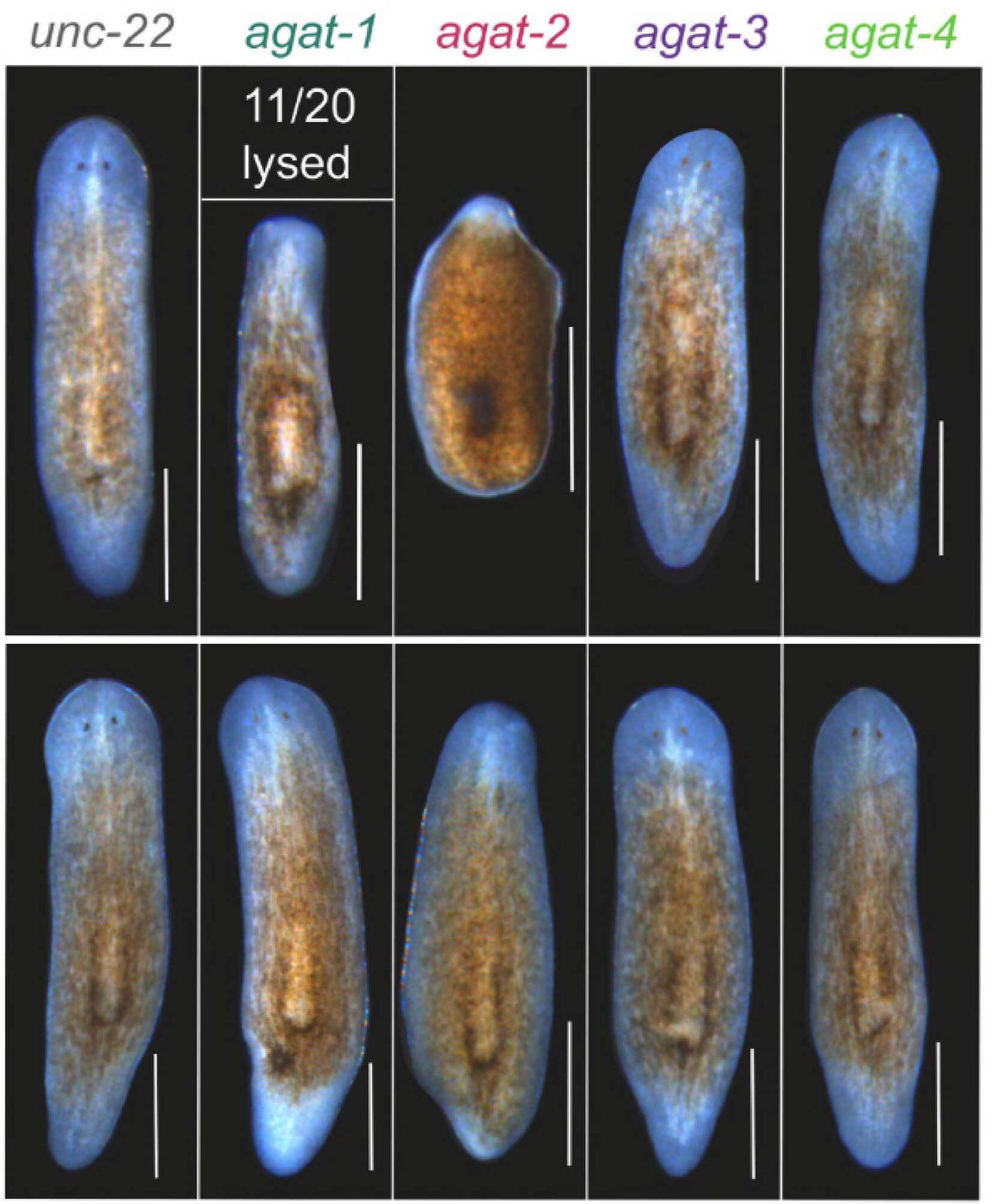For many years the Stowers Institute stocked the most frequently purchased lab supplies in a convenient on-site location. By logging into a biometrically controlled computer system, researchers could retrieve and purchase items from locked cabinets, freezers, and refrigerators. The system was sufficient as long as the number of items stocked and demand remained small. When both of those grew, however, so did the institute’s need for a more efficient and dynamic system that would integrate with current institute software.
As the Stowers team began looking for ways to improve and expand the supply system, a chance encounter with an unmanned snack kiosk was all it took to plant the seed of ingenuity. Head of Research Systems Jessica Witt had traveled through a Florida airport that used radio frequency identification (RFID) as inventory control at a self-checkout snack stand. She thought the same technology might prove useful with scientific supplies at the institute.
“I tracked down the company that had installed the system in the airport,” Witt says, “but they had no experience with scientific products and reagents.” Undeterred, Witt sought out other companies with specialized experience in scientific research. In fact, one of the scientific vendors the institute already had a prestocked mini-fridge that employed similar technology, but it was too limited for the needs of an entire research campus.
STATS:- Most frequently purchased items are pipette tips, gloves, and media prep items.
- Busiest shopping days of the week are Mondays and Wednesdays with an average of 57 transactions each day.
- The Cube really is open 24/7—a purchase was recorded at 12:06 a.m. on New Year’s Day.
- Average total checkout time is only 15 seconds.
“Our team met with the company, Terso Solutions, to explain our needs,” says Witt, “but the scale of the project was much larger than anything they had ever done before and they did not have existing technology to support it.” But Terso was willing to give it a shot. In close consultation with the Stowers research systems and purchasing teams, Terso Solutions engineered a fully integrated RFID scientific stockroom that has been coined, “The Cube – Stowers Scientific Supplies.”
The RFID technology allowed Stowers to create a walk-in, open-display, supply room where bright lighting, organized shelving, fridges, and freezers encourage researchers to browse all items. “The new system gives scientists the opportunity to pick up an item, look it over, and read the information on the box before making a decision to buy,” says Witt. “With the old system, that was not at all practical.”
Now, each item on display is labeled with an RFID tag that is synced with information in a computer tracking system. When finished selecting supplies, shoppers simply place them on a check-out table equipped with an RFID reader. It automatically scans everything and provides a list on the touch screen computer display. After the researcher selects the billing destination lab and grant, a detailed receipt is automatically e-mailed to the lab and the process is complete.
With this technology, The Cube is designed to be part stockroom, part convenience store and part showroom. The increased space allows for more items and new vendors, but there is a benefit bigger than just a greater variety. Labs no longer have to order large supplies to keep on hand or find storage space for them.
Labs also enjoy the convenience of on-site shopping, no shipping delays, or additional shipping charges. For Renju Nair, a research technician in the Rong Li lab and one of the most frequent shoppers in The Cube, “the biggest convenience is not having to enter each item one by one into a computer.” The RFID scanning eliminates the need for data entry and reduces the checkout time to mere seconds rather than minutes.
Vendors are pleased to have an expanded space where they can display products and interact with scientists. VWR International representative Danny Murphy says that he plans to take advantage of the RFID technology to feature new products in The Cube. “My goal is to give the researchers more hands-on opportunities to consider new products that potentially may save them time and money,” he says, “while limiting the intrusion on their research.”



